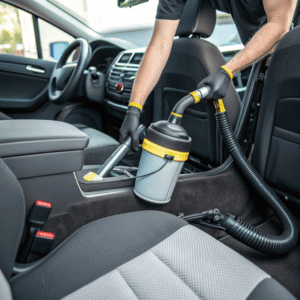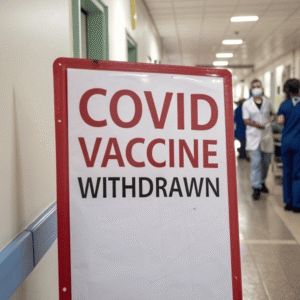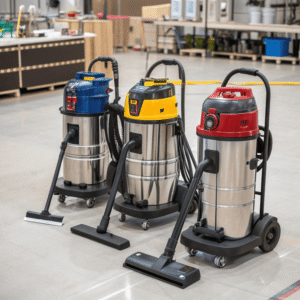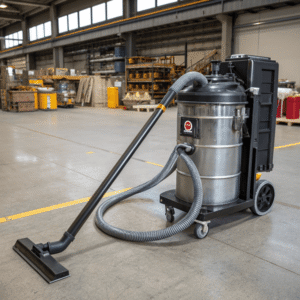Clean VacInd?

So many people worry about vaccine safety, ingredient risks, or changing government rules. It can all feel overwhelming and leave you unsure whom to trust.
"Clean VacInd" is a term some use to describe "Clean VacInd[^1]" is a term some use to describe vaccine choices and manufacturing kept as safe, transparent, and free from unwanted substances as possible. It’s about knowing what’s in your vaccines, why they’re used, and how these choices affect public health.
[^1]: Explore this link to understand the importance of transparency in vaccine manufacturing and its impact on public health.
and manufacturing kept as safe, transparent, and free from unwanted substances as possible. It’s about knowing what’s in your vaccines, why they’re used, and how these choices affect public health.

When I first heard questions about "clean" vaccines or concerns about chemicals used in vaccine production, I wanted clear answers. I spoke with parents, checked government sites, and talked to industry professionals. Each side had their reasons, but I kept coming back to facts and straightforward explanations. Here are the answers I found, based on current evidence and personal experience.
Which COVID vaccine has been removed from the market?
COVID-19 vaccine updates can be difficult to follow. People get nervous seeing certain products recalled or withdrawn.
The Johnson & Johnson (Janssen)
The Johnson & Johnson (Janssen) COVID-19 vaccine has been removed from the US market in 2023 due to low demand and ongoing safety reviews related to rare blood clot risks[^1].
[^1]: Understanding the blood clot risks can help you weigh the benefits and risks of vaccination.
vaccine has been removed from the US market in 2023 due to low demand and ongoing safety reviews related to rare blood clot risks.

I remember when the Johnson & Johnson vaccine was first released. Many people were relieved by the one-shot option. But over time, reports of rare blood clots sparked safety reviews, and demand dropped as other vaccines proved more consistent in effectiveness. Health agencies stopped recommending it, and eventually, the manufacturer withdrew it. This is common in the pharmaceutical world—when risk outweighs benefit or when better options exist, products are removed. Decisions like this balance public safety with practical needs.
Here is a quick comparison of major COVID-19 vaccines:
| Vaccine | Status (US) | Main Concern | Reason Withdrawn |
|---|---|---|---|
| Pfizer/BioNTech | Active | Mild side effects | Not removed |
| Moderna | Active | Mild side effects | Not removed |
| J&J (Janssen) | Withdrawn | Rare blood clots | Safety, demand, guidance |
It shows that vaccine safety is always monitored, and changes are made if new data suggests greater risk.
Why do parents say no to vaccines?
Many parents want to protect their kids but feel unsure about vaccine safety or necessity. Fear and confusion often lead to hesitation.
Parents refuse vaccines due to concerns about side effects, mistrust in pharmaceutical companies or government, misinformation online, or beliefs that Parents refuse vaccines due to concerns about side effects, mistrust in pharmaceutical companies[^1] or government, misinformation online, or beliefs that natural immunity is better for their children.
[^1]: Understanding the roots of mistrust can help address concerns and improve vaccine acceptance.
is better for their children.

I’ve spoken with friends and relatives who worry about every shot. Their main fears are about unknown long-term effects or ingredients they struggle to pronounce. Social media amplifies stories of vaccine injuries—even if rare—and many parents question if they should risk it. There’s also the worry about giving “too many shots” at once. Sometimes families trust alternative medicine over routine medical care. I encourage open conversations with healthcare professionals and checking the science. But I also respect that trust takes time and accurate information delivered with patience.
Here's a breakdown of top reasons and facts:
| Reason | Common Belief | Scientific Consensus |
|---|---|---|
| Side effects | Vaccines cause harm | Mostly mild, rare serious |
| Mistrust in pharma/government | Motives unclear | Regulatory checks strict |
| Misinformation | "I read it online…" | Peer-reviewed data key |
| Natural immunity is better | “It’s safer” | Not safer for all diseases |
| Overloading immune system | “Too many shots” | No proof of overload |
When parents have real conversations with experts and look for trustworthy facts, they feel more confident in their choices.
What vaccines have formaldehyde in them?
People get nervous hearing “formaldehyde” in vaccines, thinking about chemicals or toxins. Safety questions naturally follow.
Small, safe amounts of formaldehyde are used in some vaccines—like those for Small, safe amounts of formaldehyde[^1] are used in some vaccines—like those for DTaP, IPV (polio), Hepatitis A, and influenza—to inactivate viruses and toxoids, making the vaccine effective and safe.
[^1]: Understanding formaldehyde's role in vaccines can clarify its safety and effectiveness, enhancing your knowledge about vaccine components.
, IPV (polio), Hepatitis A, and influenza—to inactivate viruses and toxoids, making the vaccine effective and safe.

The word “formaldehyde” scared me the first time I read it on an ingredient list. But the more I learned, the less worried I became. Formaldehyde is used during production to kill viruses or detoxify toxins, and any leftover is either washed out or present in amounts far lower than in everyday foods or the human body. Regulatory agencies test these vaccines for safety before approval. Vaccines that may contain trace formaldehyde include DTaP (diphtheria, tetanus, pertussis), IPV (polio), hepatitis A, and some flu vaccines. The levels in shots are usually below those found in a pear or produced by your own metabolism daily.
Here’s a summary in table format:
| Vaccine | Contains Formaldehyde? | Purpose | Amount Present |
|---|---|---|---|
| DTaP | Yes | Inactivate toxins | Trace, regulated |
| IPV (polio) | Yes | Inactivate virus | Trace, regulated |
| Hepatitis A | Yes | Inactivate virus | Trace, regulated |
| Influenza | Sometimes | Inactivate virus | Trace, regulated |
Testing and monitoring continue at every stage, so safety standards remain high.
Conclusion
“Clean” vaccines mean safe and effective shots, with close ingredient control and constant monitoring. Understanding facts calms fears and leads to smart, confident health choices.



